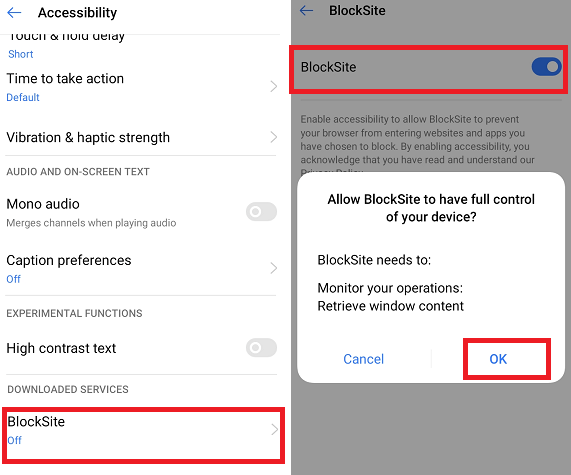

# These need to be set in /etc/apache2/envvars # KeepAliveTimeout: Number of seconds to wait for the next request from the # We recommend you leave this number high, for maximum performance. # MaxKeepAliveRequests: The maximum number of requests to allow # KeepAlive: Whether or not to allow persistent connections (more than # Timeout: The number of seconds before receives and sends time out. # This needs to be set in /etc/apache2/envvars # PidFile: The file in which the server should record its process # The accept serialization lock file MUST BE STORED ON A LOCAL DISK. # Do NOT add a slash at the end of the directory path.

# you will save yourself a lot of trouble. # mounted filesystem then please read the Mutex documentation (available # NOTE! If you intend to place this on an NFS (or otherwise network)

# configuration, error, and log files are kept. # ServerRoot: The top of the directory tree under which the server's Calling /usr/bin/apache2 directly will not # the default configuration, apache2 needs to be started/stopped with Due to the use of environment variables, in # their respective man pages for detailed information. # helpers a2enmod/a2dismod, a2ensite/a2dissite and a2enconf/a2disconf. # They are activated by symlinking available configuration files from their # global configuration fragments, or virtual host configurations, # directories contain particular configuration snippets which manage modules, # * Configuration files in the mods-enabled/, conf-enabled/ and sites-enabled/ # supposed to determine listening ports for incoming connections which can be # * nf is always included from the main configuration file. # together by including all remaining configuration files when starting up the # * nf is the main configuration file (this file). # below, all located in the /etc/apache2/ directory: # It is split into several files forming the configuration hierarchy outlined # order to make automating the changes and administering the server as easy as # virtual hosts, and extra configuration directives as flexible as possible, in # default Apache2 installation attempts to make adding and removing modules, # upstream's suggested way to configure the web server. # The Apache 2 web server configuration in Debian is quite different to # Summary of how the Apache 2 configuration works in Debian: # the directives and /usr/share/doc/apache2/README.Debian about Debian specific # configuration directives that give the server its instructions. So, does that imply that something is wrong with the Apache2 setup (as opposed to iptables/firewall), given that ssh is working with no problems?ĪCCEPT tcp - anywhere anywhere tcp dpt:http ctstate NEW,ESTABLISHEDĬontents of nf: # This is the main Apache server configuration file. For that, I just installed the ssh-server and it pretty much worked out of the box. I have been ssh-ing to this machine for several months and that works just fine. It's probably also worth mentioning that I can ping the machine from another on the local network and, as the nmap output shows, I have another port open for ssh. So, it shows that port 80 is open for http. Nmap done: 1 IP address (1 host up) scanned in 0.09 seconds

One of the answers suggested using nmap to see which ports are open, which returned the following result: $ nmap The webpage at could not be loaded because: net::ERR_CONNECTION_REFUSED'.
Android web server only accessable over network android#
If I try to connect using the DuckDuckGo browser on an Android phone, I get 'Webpage not available. Firefox can't establish a connection to the server at localhost.'. When I try to connect from another device, using the local IP address of the Apache server, I get error messages in the browser, such as: in Firefox on a Mac, I get 'Unable to connect. I would like to make the server accessible to other machines/devices on my local network, but I can't figure out how. I am running an Apache web server on a desktop machine running Trisquel 8 (based on Ubuntu).


 0 kommentar(er)
0 kommentar(er)
